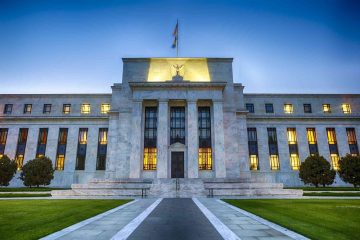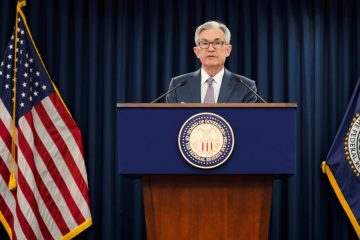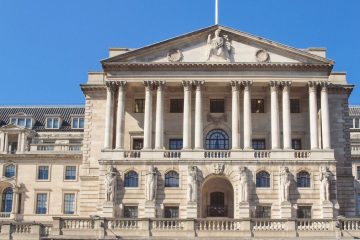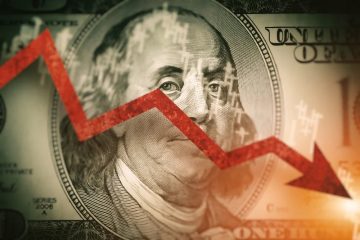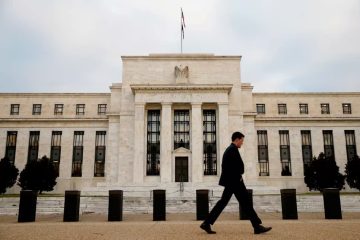Federal Reserve is lagging behind

The Federal Reserve is lagging behind but There’s no reason to be alarmed. Federal Reserve Chair Jerome Powell stated on Wednesday that he requires additional data before considering a reduction in rates. The data, while not indicating a catastrophe, is not exactly encouraging either.
The jobs report released on Friday showed signs of weakness in various areas: The number of jobs added in July fell short of expectations, with previous months’ gains being revised downward. Additionally, year-over-year wage growth of 3.6% was slightly lower than the 3.8% recorded in June.
Concerns are growing that the Federal Reserve may have fallen behind and should have already initiated a rate cut. These concerns are made worse by the fact that the Fed does not have any rate-setting meetings scheduled in August or October, which limits its options for lowering rates. Occasional deviations from the regular schedule can occur, although they are infrequent and typically only used in urgent situations.
According to the CME Group’s FedWatch tool, there has been a significant shift in market expectations for the September meeting. Fed funds futures are now indicating a higher probability of a 0.5-percentage-point cut, which is twice the usual increment. This change has occurred in just a matter of days, highlighting the increased uncertainty in the market. However, this did not provide much comfort to the markets. Stocks and Treasury yields experienced a significant decline on Friday.
However, it is important for investors to remain level-headed. Indeed, there are signs of a weakening labor market. However, the state of the economy is far from being in a critical condition. The second quarter saw a 2.8% increase in gross domestic product on an annual basis. A 4.3% unemployment rate is indicative of a robust and stable economy.
Friday’s report brought some positive news as the labor-force participation rate continued to rise in July. It is encouraging to note that recent data indicates a significant increase in worker productivity during the second quarter, with a growth rate of 2.7% compared to the previous year.
Additionally, it is important to always remember that when the Federal Reserve decides to take action, its ability to make an impact is significant. Given the current high rates, there is ample potential for a decrease in the future. Anticipate that Federal Reserve officials will begin to convey more cautious signals well in advance of the September meeting.
Instead of getting angry at the Fed and impulsively selling, investors should take a moment to consider the emerging opportunities. There are, of course, sectors that experience advantages from lower rates, such as real estate. In a thriving economy, this sector has the potential to soar.
Shares of mortgage originator Rocket Cos. surged 12.3% on Friday as investors anticipated that declining interest rates could stimulate the housing market. Similarly, loanDepot and UWM Holdings, competitors in the industry, saw their stocks rise by 11.3% and 8.1% respectively. That is quite positive. If there is an increase in home purchases, it would have a positive impact on various sectors of the economy, including home retailers and materials suppliers.
Consumer staples have faced some challenges recently, but their dividend yields become more appealing as interest rates decline. Low-income consumers who have been reducing their spending and opting for store-brand products, which has been a cause for worry in the industry, might find some relief with the implementation of interest rate reductions on credit card and auto loan payments. Several consumer companies also possess significant earnings from international markets, which would gain value in the event of a decline in the dollar.
Even in sectors that have experienced recent surges, such as technology, there may be opportunities to be found amidst panic selling. If you were convinced of the potential of artificial intelligence to bring about significant change last week, there’s no reason to be discouraged now just because prices have dropped. In the end, when lower rates are implemented, it will become more convenient to fund the expansion of AI data centers, as well as the production of clean energy and other groundbreaking technologies.
It appears that the Federal Reserve may be opting for a break in August. Investors should begin making preparations for a future with lower interest rates.

